Home>Interior Design>Small Living Room Layout Rules: 8 Things To Consider
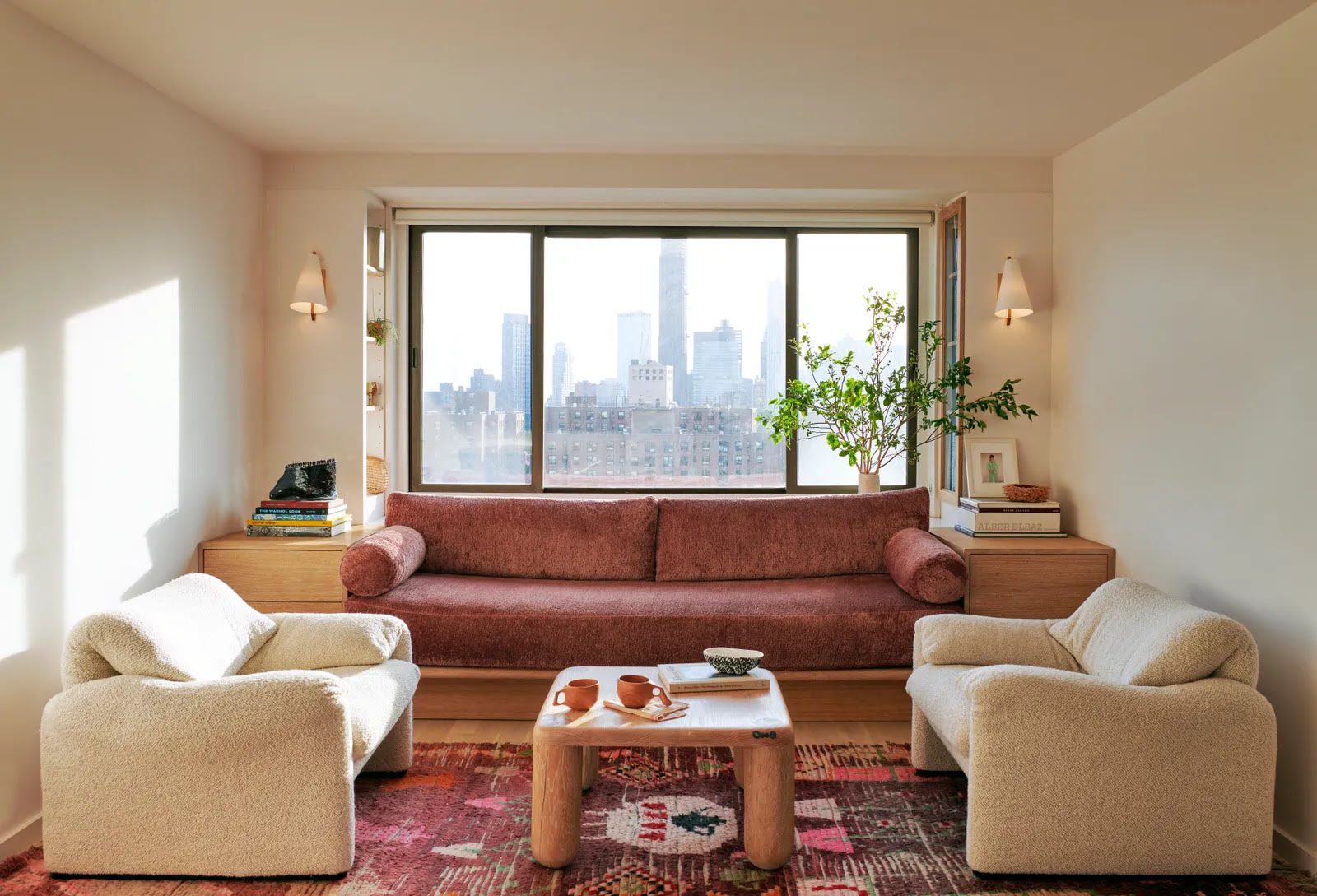

Interior Design
Small Living Room Layout Rules: 8 Things To Consider
Modified: November 2, 2024
Discover 8 essential rules for designing a functional and stylish small living room layout. Maximize your space with expert tips from our interior design experts.
(Many of the links in this article redirect to a specific reviewed product. Your purchase of these products through affiliate links helps to generate commission for Storables.com, at no extra cost. Learn more)
Small Living Room Layout Rules: 8 Things to Consider
Designing a small living room can be a challenge, but with the right layout, it can become a cozy and functional space. Whether you’re dealing with limited square footage or simply want to optimize the space you have, here are eight important rules to consider when designing the layout of your small living room.
Key Takeaways:
- Small living room layout rules: 8 things to consider
Designing a small living room requires maximizing storage, utilizing vertical space, and creating a functional seating arrangement. Incorporate personal touches to make the space uniquely yours. - Create a cozy and functional small living room
Maximize storage opportunities, consider traffic flow, and incorporate appropriate lighting to create a warm and inviting space. Infuse your personal style with accents and cherished items for a unique touch.
Determine the Focal Point of the Room
Every living room needs a focal point, a visually appealing element that draws the eye and anchors the space. In a small living room, choosing the right focal point is crucial in creating a sense of depth and visual interest. It could be a fireplace, a statement piece of furniture, or even a large window with a picturesque view. Once you identify the focal point, arrange your furniture around it to create a harmonious and balanced layout.
Create a Functional Seating Arrangement
When it comes to seating in a small living room, less is more. Opt for furniture pieces that are proportionate to the space and choose a few key pieces that can serve multiple purposes. For example, a compact sofa with hidden storage or a coffee table with built-in shelves can help maximize both seating and storage options. Consider using furniture with legs to create an illusion of more space, as it allows light to flow underneath.
Maximize Storage Opportunities
In a small living room, clutter can quickly make the space feel cramped and overwhelming. To combat this, utilize every available storage opportunity. Consider incorporating shelving units, floating shelves, or wall-mounted cabinets to keep books, magazines, and other items neatly organized. Additionally, using furniture with built-in storage, such as ottomans or benches, provides a practical and stylish way to hide away items.
Use Versatile Furniture
Investing in versatile furniture is essential in a small living room. Look for pieces that can easily adapt to different uses and arrangements. Folding chairs, nesting tables, and convertible furniture are great options. By having furniture that can be easily rearranged or stored away when not in use, you can create a more flexible and functional space.
Consider Traffic Flow
When designing the layout of your small living room, it’s important to consider the flow of traffic. Ensure that there is enough space for people to move freely between furniture arrangements without feeling cramped or having to maneuver awkwardly. Avoid placing furniture in pathways or blocking access to windows or doorways. Creating an open and unobstructed flow will make the room feel more spacious and inviting.
Incorporate Appropriate Lighting
Lighting plays a crucial role in making a small living room feel warm and inviting. Utilize a mix of natural and artificial lighting to create an ambiance that suits your style. Consider installing recessed lighting for overall illumination and use lamps strategically to add task and accent lighting. Mirrors can also help reflect light and make the space appear larger and brighter.
Utilize Vertical Space
In a small living room, every inch of space counts. Take advantage of vertical space to maximize storage and display options. Install wall-mounted shelves or cabinets to free up floor space and showcase decorative items. Use tall bookcases or floor-to-ceiling curtains to draw the eye upwards, making the room feel taller and more spacious.
Add Personal Touches and Accents
Finally, don’t forget to incorporate your personal style and add accents that make the space feel like home. Whether it’s a gallery wall of artwork, a collection of cherished items, or colorful cushions and throws, these personalized touches can add warmth and character to your small living room.
Remember, designing a small living room is all about finding the right balance between functionality and aesthetics. By following these eight layout rules, you can create a small living room that exudes style and maximizes the potential of your space.
Key Takeaways:
- Small living room layout rules: 8 things to consider
Designing a small living room requires maximizing storage, utilizing vertical space, and creating a functional seating arrangement. Incorporate personal touches to make the space uniquely yours. - Create a cozy and functional small living room
Maximize storage opportunities, consider traffic flow, and incorporate appropriate lighting to create a warm and inviting space. Infuse your personal style with accents and cherished items for a unique touch.
Determine the Focal Point of the Room
When designing the layout of a small living room, one of the first things to consider is determining the focal point of the room. The focal point is a visually striking element that immediately draws attention and serves as the centerpiece of the space. It could be a fireplace, a statement piece of furniture, a large window with a picturesque view, or even a prominent artwork on the wall.
The purpose of establishing a focal point is twofold. First, it creates a sense of depth and visual interest, making the room feel more dynamic and engaging. Second, it helps to anchor the layout and guide the arrangement of furniture and accessories. By organizing the rest of the elements around the focal point, you can create a harmonious and balanced layout.
In a small living room, choosing the right focal point is crucial. It should be something that adds visual appeal without overpowering the limited space. For example, if you have a stunning fireplace, make it the focal point by arranging seating options around it. If you have a beautiful window with a view, position the furniture to face it, allowing the eye to be drawn towards the outside.
When determining the focal point, consider the architectural features of the room and any existing elements that could serve as a focal point. If there isn’t an obvious focal point, you can create one by incorporating a bold and attention-grabbing piece of furniture or artwork.
Once you have identified the focal point, arrange the furniture and accessories in a way that complements it. For instance, if the focal point is a fireplace, position the sofa and chairs in a way that faces it, emphasizing its importance. If you have a large window as the focal point, arrange the seating to take advantage of the view while also allowing easy access to the window itself.
Remember that the focal point should be the focus of attention in the room, but it doesn’t necessarily have to be the largest or most prominent element. It should simply be visually compelling enough to draw the eye and create a sense of interest and cohesion.
By determining and emphasizing the focal point of the room, you can set the tone for the entire layout of your small living room. It creates a sense of purpose and provides a clear visual anchor around which the rest of the design can revolve. So take the time to carefully assess your space and choose a focal point that will make your small living room feel special and inviting.
Create a Functional Seating Arrangement
When designing the layout of a small living room, creating a functional seating arrangement is essential. After all, the living room is a place for relaxation, socializing, and spending time with family and friends. Here are some key considerations to keep in mind to ensure your seating arrangement is both practical and comfortable.
First, consider the size and scale of your furniture. In a small living room, it’s important to choose furniture pieces that are proportionate to the space. Avoid oversized sofas and bulky chairs that can overwhelm the room and make it feel cramped. Instead, opt for sleek and compact furniture that allows for easy movement and a more open atmosphere.
When selecting seating options, think about how they can serve multiple purposes. Look for furniture with built-in storage, such as ottomans or benches, which can provide extra seating while also offering a place to stow away blankets, pillows, or other items. Additionally, consider investing in a sofa with hidden storage compartments to maximize space efficiency.
Another important aspect of a functional seating arrangement is the placement of furniture. Start by positioning the larger pieces, such as the sofa, in a way that maximizes the use of space while also allowing for a natural flow of movement. Avoid placing furniture directly against walls, as this can create a disconnected and static feel. Instead, try floating your furniture a few inches away from the walls to add depth and create a more inviting ambiance.
Incorporating versatile seating options can also enhance the functionality of the room. Consider using small stools or ottomans that can double as extra seating or serve as footrests. These pieces can be easily moved around to accommodate different seating arrangements or even act as side tables when needed.
Remember to leave enough space between furniture pieces to enable comfortable seating and movement. Aim for at least 18-24 inches of space between seating areas to ensure easy navigation. This will prevent your living room from feeling cluttered and congested, and also allow for conversation spaces to feel more intimate and cozy.
To make your small living room feel more spacious and visually open, consider furniture with legs. Sofas and chairs with exposed legs create an illusion of more floor space by allowing light to flow underneath. This can make the room appear larger and less crowded.
Lastly, don’t forget the importance of comfort and style. Incorporate plush cushions, soft throws, and decorative pillows to make your seating area inviting and cozy. Choose fabrics and colors that complement the overall aesthetic of your room, while also reflecting your personal taste.
Creating a functional seating arrangement in a small living room requires careful consideration of furniture size, placement, and versatility. With smart choices and thoughtful arrangement, you can maximize the comfort and usability of your space, making it the perfect spot for relaxation and gathering with loved ones.
Maximize Storage Opportunities
In a small living room, storage is key to maintaining a clutter-free and organized space. Maximizing storage opportunities not only helps keep your belongings tidy but also ensures that your living room feels spacious and uncluttered. Here are some strategies to help you make the most of your storage options.
First, consider utilizing vertical space. Install wall-mounted shelves or floating shelves to take advantage of wall space that would otherwise go unused. These shelves can be used to display decorative items, store books, or showcase personal mementos. By going vertical, you free up valuable floor space and add visual interest to your living room.
Another effective way to maximize storage is by incorporating furniture with built-in storage compartments. Look for ottomans, coffee tables, or side tables that offer hidden storage space. These pieces can be used to store remote controls, magazines, or even extra blankets. Having dual-purpose furniture not only saves space but also keeps essential items close at hand yet out of sight.
Consider investing in multi-functional furniture as well. For example, choose a sofa bed that can double as a guest bed when needed. A sleeper sofa not only provides seating during the day but also offers a comfortable sleeping solution for overnight guests. This eliminates the need for extra storage space for a guest bed, making it a practical choice for small living rooms.
Make use of baskets and bins to corral small items and create a clean and organized look. Place them on open shelves or in cabinets to store items like remote controls, DVDs, or children’s toys. Opt for attractive baskets that complement your decor to add an element of style while keeping clutter at bay.
When arranging your living room furniture, consider pieces that offer hidden storage opportunities. For example, a storage ottoman can serve as a coffee table while providing a place to store blankets or extra throw pillows. A console table with drawers or a media unit with built-in shelving can also provide ample storage for electronic devices, gaming consoles, or DVDs.
If your living room has a television, consider mounting it on the wall rather than using a TV stand. This frees up valuable floor space that can be used for other storage solutions. Alternatively, if you do use a TV stand, choose one with ample shelving or cabinets to store media equipment, DVDs, or gaming accessories.
Lastly, don’t forget to take advantage of underutilized spaces in your living room. For example, the area under a staircase can be transformed into a functional storage nook. Install custom shelves, drawers, or a built-in seating bench with hidden storage to make use of this often overlooked space.
By maximizing storage opportunities in your small living room, you can keep your space organized and clutter-free. Embrace smart storage solutions like wall-mounted shelves, multi-functional furniture, and concealed storage compartments to ensure that every item has its place while maintaining a visually appealing and spacious living room.
Use Versatile Furniture
In a small living room, using versatile furniture is essential to make the most of the limited space available. Versatile furniture not only serves multiple purposes but also offers flexibility in terms of arrangement. Here are some tips on how to incorporate versatile furniture into your small living room layout.
Start by considering furniture pieces that can easily adapt to different uses. For example, a sleeper sofa can provide both seating and a guest bed when needed. This eliminates the need for a separate guest room or additional space for a spare bed. Look for sofas with pull-out mechanisms or modular designs that allow you to transform them into a bed quickly and easily.
Another versatile furniture option is a coffee table with adjustable height or lift-top functionality. This type of coffee table can serve as a regular surface for placing drinks or snacks, but it can also be raised to provide a comfortable workspace or dining area. This makes it useful for small apartments or studio living where space is at a premium.
Consider furniture that can be easily rearranged to suit various seating arrangements and layouts. This includes lightweight chairs or stools that can be moved around as needed, or even stackable chairs that can be stored away when not in use. Having furniture that is lightweight and easy to move allows you to experiment with different layouts and adapt to different socializing or entertaining needs.
Look for storage furniture that doubles as seating. For instance, an ottoman with a removable lid can be used to store blankets, cushions, or other items, while also providing additional seating when needed. These multi-functional pieces help to maximize space and keep your living room organized.
Consider investing in nesting tables or side tables with removable tops. These tables take up minimal space when nested together and can be separated to provide additional surface area when required. They are perfect for holding drinks, snacks, or decorative items, and can be easily tucked away when not in use.
When choosing versatile furniture, pay attention to its scale and dimensions. In a small living room, it’s crucial to select items that are proportionate to the space. Avoid oversized furniture that overwhelms the room, and instead opt for slim and compact pieces that allow for better flow and mobility.
Lastly, think about furniture with multiple storage options. Look for cabinets or entertainment units that have a combination of open shelves, closed cabinets, and drawers. This provides different storage solutions for various items, helping to keep your living room organized and clutter-free.
Using versatile furniture in your small living room layout not only maximizes functionality but also allows you to adapt to different needs and create a personalized space. By choosing furniture that serves multiple purposes and can be easily rearranged or stored away, you can optimize your living room and make it more versatile and adaptable to your lifestyle.
Consider Traffic Flow
When designing the layout of your small living room, it’s essential to consider the flow of traffic throughout the space. Good traffic flow ensures that the room feels comfortable, functional, and easy to navigate. Here are some tips to help you optimize the traffic flow in your small living room.
First, start by identifying the main entrance or access point to the room. This is usually a doorway or an opening from another area of your home. Consider how people will enter and exit the room and make sure that this pathway remains clear and unobstructed. Avoid placing furniture or decor items in direct paths that may impede the flow of movement.
Arrange your furniture in a way that allows for easy movement and encourages a natural flow through the space. Avoid blocking pathways or creating dead ends that force people to backtrack or navigate around obstacles. Opt for a layout that allows for a clear and logical pathway from one area of the room to another.
If your living room has multiple entry points or if it connects to other rooms, ensure that there is sufficient space for smooth transitions. Provide ample clearance around doorways and ensure that furniture placement does not hinder the movement between rooms. Consider using rugs or visual cues to distinguish different areas while maintaining an open and connected feel.
There should also be enough space for people to move comfortably between furniture arrangements. Aim for around 18-24 inches of clearance between seating areas or other obstacles to ensure ease of movement. This is particularly important if you frequently entertain guests or have a larger family who may need to navigate through the room simultaneously.
When determining the layout, consider the primary activities that will take place in your living room. Arrange the furniture in a way that facilitates these activities. For example, if you enjoy watching television, position the seating in a way that provides a clear view of the TV. If you prioritize conversation and socializing, create intimate seating arrangements that promote interaction.
Pay attention to the location of important features such as windows, outlets, and electrical switches. Ensure that furniture placement does not block access to these elements. Consider using extension cords or outlets with built-in USB ports to provide convenient access to power without sacrificing aesthetics or impeding traffic flow.
Lighting also plays a role in traffic flow. Place floor lamps or table lamps in areas where they won’t obstruct movement or cause potential hazards. Consider using wall-mounted sconces or overhead lighting to free up floor space and maintain an uncluttered feel. Additionally, ensure that switches or dimmers are easily accessible from different areas of the room.
Lastly, periodically evaluate the traffic flow in your living room as you make changes or add new furniture. Adjust the layout if necessary to accommodate any changes in your needs or preferences. Remember that a well-planned traffic flow helps create a harmonious and functional living space, making it a joy to navigate and use every day.
Incorporate Appropriate Lighting
Lighting is a crucial element in designing the layout of a small living room. It not only enhances the overall ambiance but also plays a significant role in making the space feel larger, brighter, and more inviting. Here are some key considerations to keep in mind when incorporating lighting in your small living room.
First and foremost, aim to utilize a mix of natural and artificial lighting. Natural light can make a small living room feel more spacious and open. Take advantage of windows and opt for lightweight or sheer curtains that allow light to filter through. Keep windows unobstructed from furniture or decor items to maximize the amount of natural light that enters the room.
In addition to natural light, consider using different types of artificial lighting to create an inviting atmosphere. Incorporate ambient lighting, such as overhead fixtures or recessed lighting, to provide overall illumination to the space. This ensures that the room is well-lit and eliminates any dark corners or shadows.
Task lighting is another important aspect of lighting design in a small living room. It provides focused light for specific activities such as reading, working, or playing games. Consider using adjustable table lamps or floor lamps near seating areas or workstations to provide task lighting when needed.
Accent lighting can also add depth and visual interest to your small living room. It highlights specific features or decorative elements, such as artwork, shelving, or architectural details. Utilize track lighting, wall sconces, or picture lights to showcase these elements and create a focal point in the room.
When planning the layout of your lighting fixtures, ensure that they are strategically placed to avoid casting harsh shadows or causing glare. Position them in a way that evenly distributes light throughout the room without creating any areas of excessive brightness or darkness.
Consider incorporating dimmer switches to allow for flexibility in the lighting levels. This gives you the ability to adjust the brightness according to your needs or the mood you want to create. Dimmers are especially useful in small living rooms as they allow for a range of lighting options depending on the time of day or the activity taking place in the space.
Mirrors can also play a role in enhancing the lighting in your small living room. Placing mirrors strategically opposite windows or light sources can reflect light and make the room appear larger and brighter. Choose mirrors with decorative frames to add style and visual interest to the space.
Lastly, consider the color temperature of your light bulbs. Warm white or soft white bulbs tend to create a cozy and inviting atmosphere, while cool white or daylight bulbs provide a brighter and more energetic feel. Experiment with different color temperatures to find the one that best suits your living room’s aesthetic and desired ambiance.
By incorporating appropriate lighting in your small living room, you can create a warm, inviting, and visually appealing space. The right combination of natural and artificial light, along with strategic placement and control options like dimmers, can transform your living room into a versatile and cozy retreat.
Utilize Vertical Space
When working with a small living room, every inch of space counts. One effective way to maximize storage and create a visually appealing layout is by utilizing vertical space. By thinking vertically and making use of walls and height, you can significantly increase storage options and create a more organized and spacious living area. Here are some tips on how to utilize vertical space in your small living room.
1. Wall-Mounted Storage: Install shelves, floating cabinets, or wall-mounted units to free up valuable floor space. These vertical storage solutions provide a place to display decorative items and store everyday essentials without encroaching on the limited square footage. Consider using a combination of open and closed shelves to create visual interest while keeping clutter hidden.
2. Floor-to-Ceiling Bookcases: Install floor-to-ceiling bookcases or shelving units to take advantage of vertical space. This not only provides ample storage for books and collectibles but also draws the eye upward, making the room feel taller and more spacious. Arrange books, decorative items, and storage baskets in a visually appealing manner to personalize the space while adding functionality.
3. Overhead Storage: Look for opportunities to add overhead storage in your small living room. Install cabinets or floating shelves above doorways or windows to maximize space without obstructing the natural light. This is a great way to store items that are not frequently used, such as seasonal decorations or extra linens.
4. Utilize Corners: Corners are often underutilized in small living rooms. Make use of corner shelves or corner units to maximize space. These can be used to display plants, photo frames, or small decor items, adding visual interest to often overlooked areas of the room.
5. Vertical Wall Hangings: Use vertical wall hangings such as tapestries, artwork, or mirrors to create the illusion of height and draw the eye upward. This can make the room feel more spacious and open. Choose pieces that complement your decor style while adding personality to the space.
6. Multi-Functional Furniture: Look for furniture that provides both storage and functionality, utilizing vertical space to its full potential. For example, choose a coffee table or an ottoman with built-in storage compartments to hide away items like blankets or remote controls. Ottomans with removable tops can also double as seating when needed, adding versatility to your small living room.
7. Vertical Storage in Entertainment Area: If your living room includes an entertainment area, optimize vertical space by adding wall-mounted shelves or a media unit that extends from floor to ceiling. This allows you to store DVDs, electronic devices, and media accessories while keeping the area organized and visually appealing.
Remember to balance functionality with aesthetics when utilizing vertical space. Opt for storage solutions and furniture pieces that blend seamlessly with your overall design concept. By making use of vertical space effectively, you can transform your small living room into a well-organized and visually appealing space that feels larger and more open.
Add Personal Touches and Accents
When designing the layout of your small living room, it’s important to infuse it with your own personal style and add accents that make the space feel uniquely yours. Adding personal touches not only enhances the visual appeal but also creates a warm and inviting atmosphere. Here are some tips on how to incorporate your personal style into your small living room.
1. Showcase Beloved Items: Display items that hold sentimental value or reflect your interests and hobbies. Whether it’s a collection of vintage books, family heirlooms, or artwork created by loved ones, incorporating these cherished items adds personality and tells a story about who you are.
2. Create a Gallery Wall: Dedicate a wall in your living room to a gallery of framed photographs, artwork, or prints that resonate with you. Mix and match different frame styles and sizes for an eclectic look, or opt for a more streamlined display for a modern aesthetic. This personalized gallery can serve as a focal point and add visual interest to your small living room.
3. Incorporate Texture and Patterns: Use textiles and fabrics to add texture and pattern to your space. Consider adding throw pillows with unique textures, a cozy knit blanket, or a patterned rug to bring depth and visual interest to your living room. These elements not only add a personalized touch but also create a warm and inviting atmosphere.
4. Bring Nature Inside: Add a touch of nature to your small living room by incorporating plants or flowers. Plants not only purify the air but also bring life and vibrancy to your space. Choose plants that thrive indoors, such as succulents, ferns, or spider plants, and place them on shelves, side tables, or window sills to create a refreshing and calming ambiance.
5. Incorporate Artwork: Hang artwork that speaks to your personal taste and complements the overall design of your living room. It could be a painting, a print, or even a tapestry. Choose pieces that evoke emotions or simply make you happy when you look at them. The artwork will not only serve as visual interest but also reflect your unique style and personality.
6. Display Collections: If you have a collection of items that you are passionate about, find a way to showcase them in your living room. Whether it’s a collection of vintage cameras, ceramic figurines, or travel souvenirs, organizing and displaying these items can add personal flair to your space. Consider using shelves, shadow boxes, or display cabinets to showcase your collections.
7. Introduce Personal Accessories: Bring in personal accessories such as decorative bowls, candles, or statement vases that reflect your personal style. These small accents can add character and a sense of uniqueness to your living room. Select items that align with your chosen color palette or introduce pops of color and texture to create visual interest.
8. Incorporate Unique Lighting Fixtures: Instead of opting for standard lighting fixtures, choose unique or statement pieces that reflect your personal style. Whether it’s a modern pendant light, a vintage chandelier, or a whimsical lamp, lighting fixtures can become focal points and add a touch of personality to your small living room.
Remember, the goal is to make your small living room feel like a reflection of your individuality. By incorporating personal touches and decorative accents that resonate with you, you’ll create a space that not only looks beautiful but also feels like home.
Frequently Asked Questions about Small Living Room Layout Rules: 8 Things To Consider
Was this page helpful?
At Storables.com, we guarantee accurate and reliable information. Our content, validated by Expert Board Contributors, is crafted following stringent Editorial Policies. We're committed to providing you with well-researched, expert-backed insights for all your informational needs.
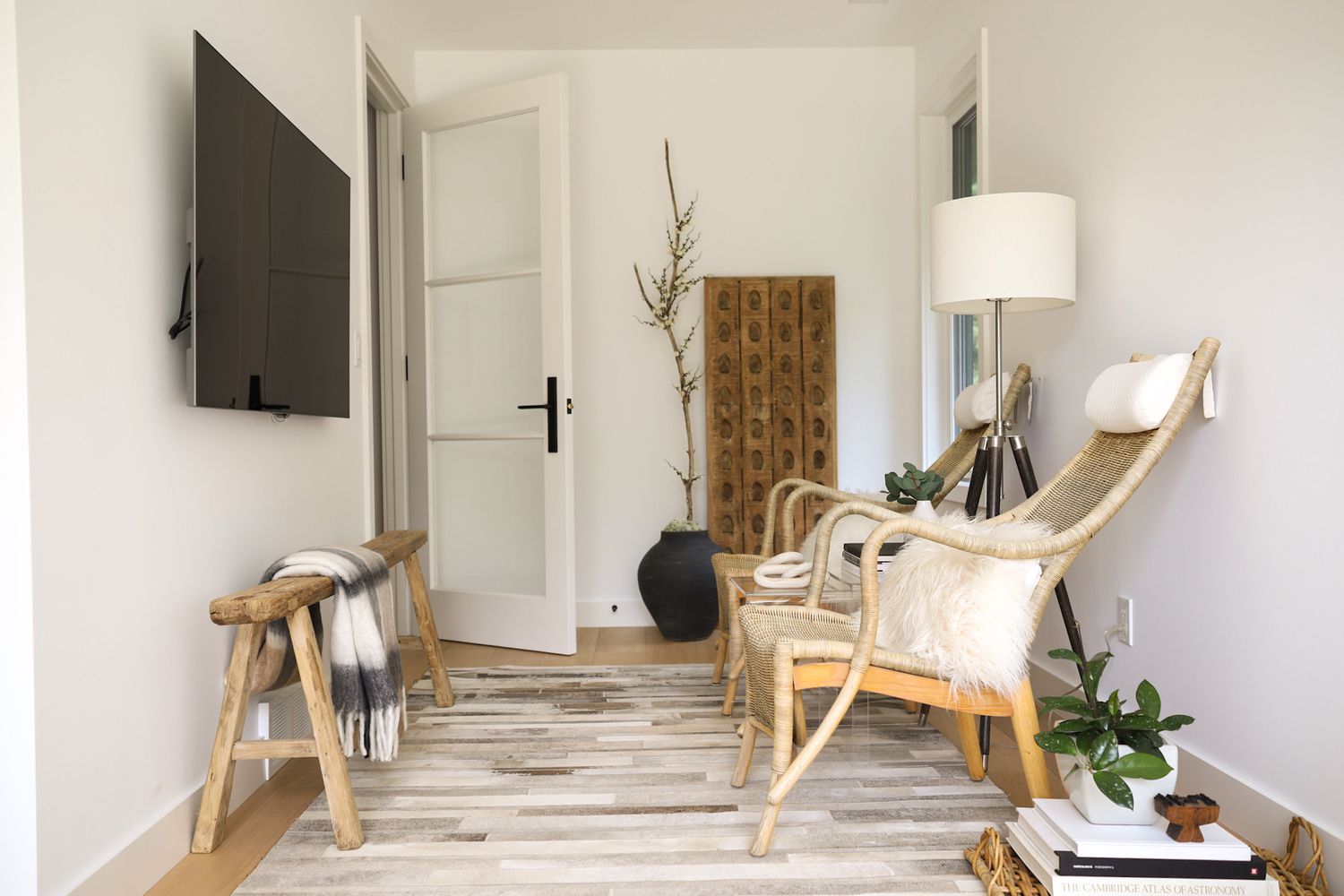
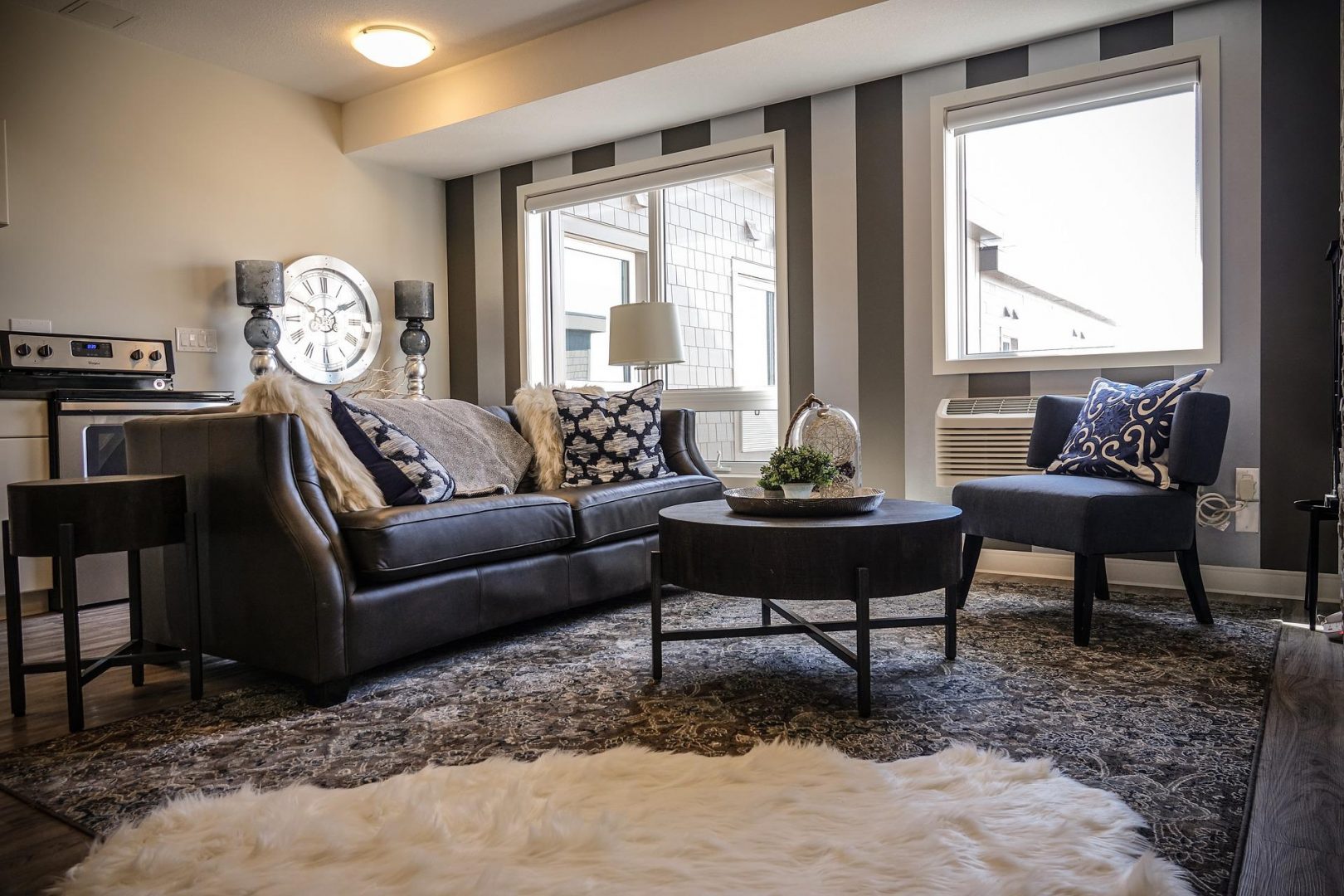
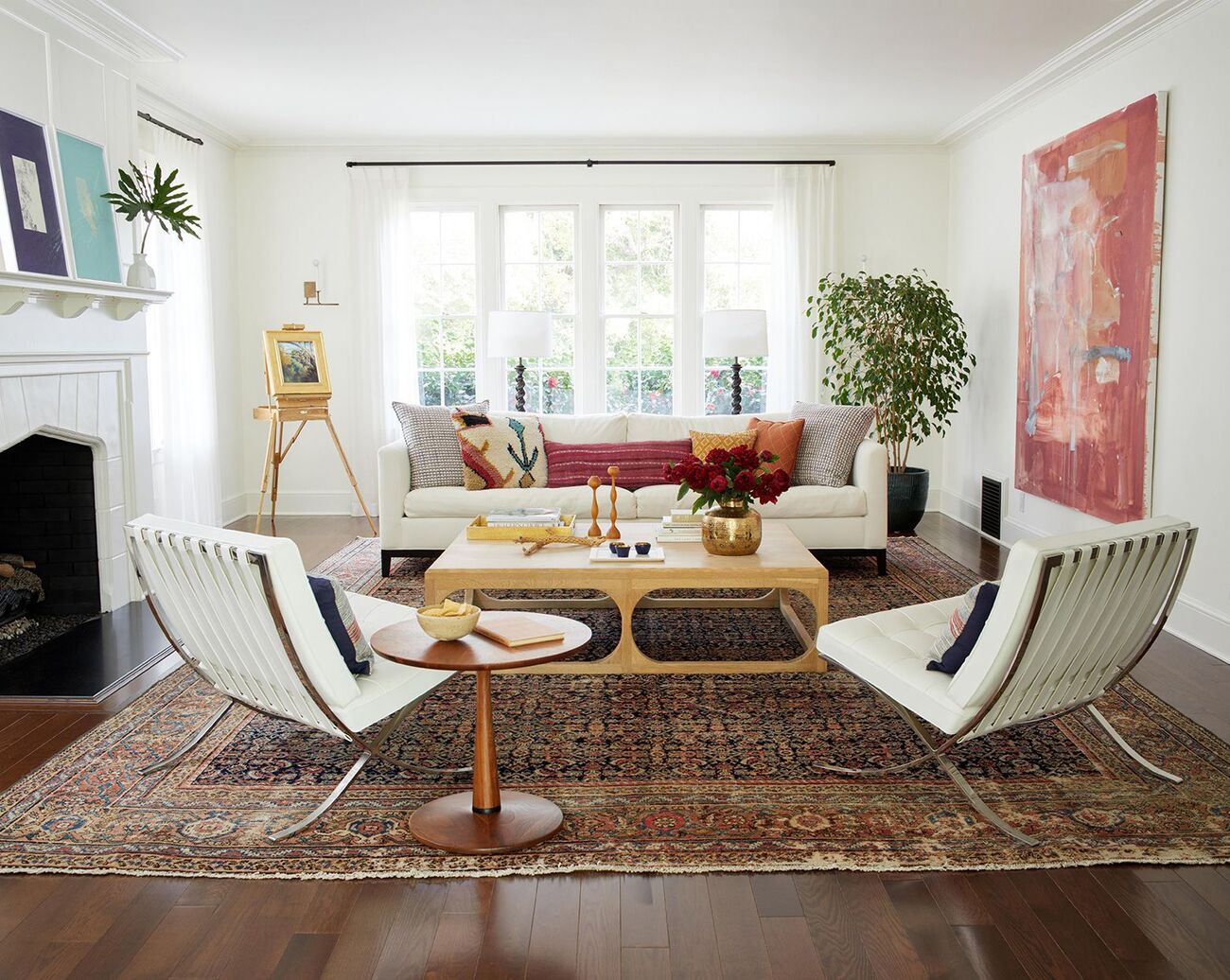
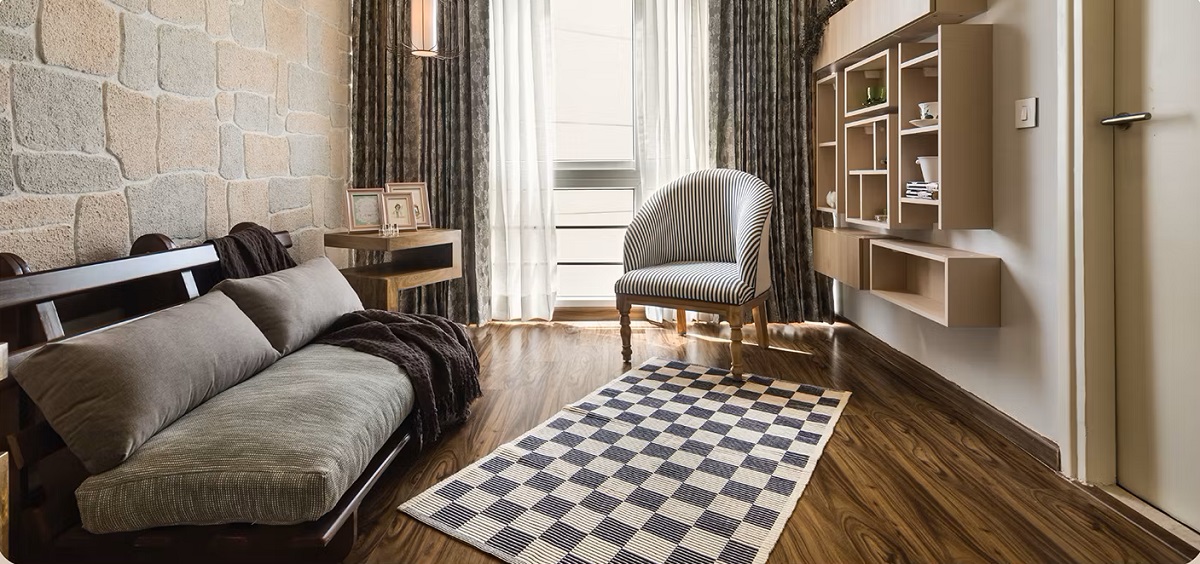
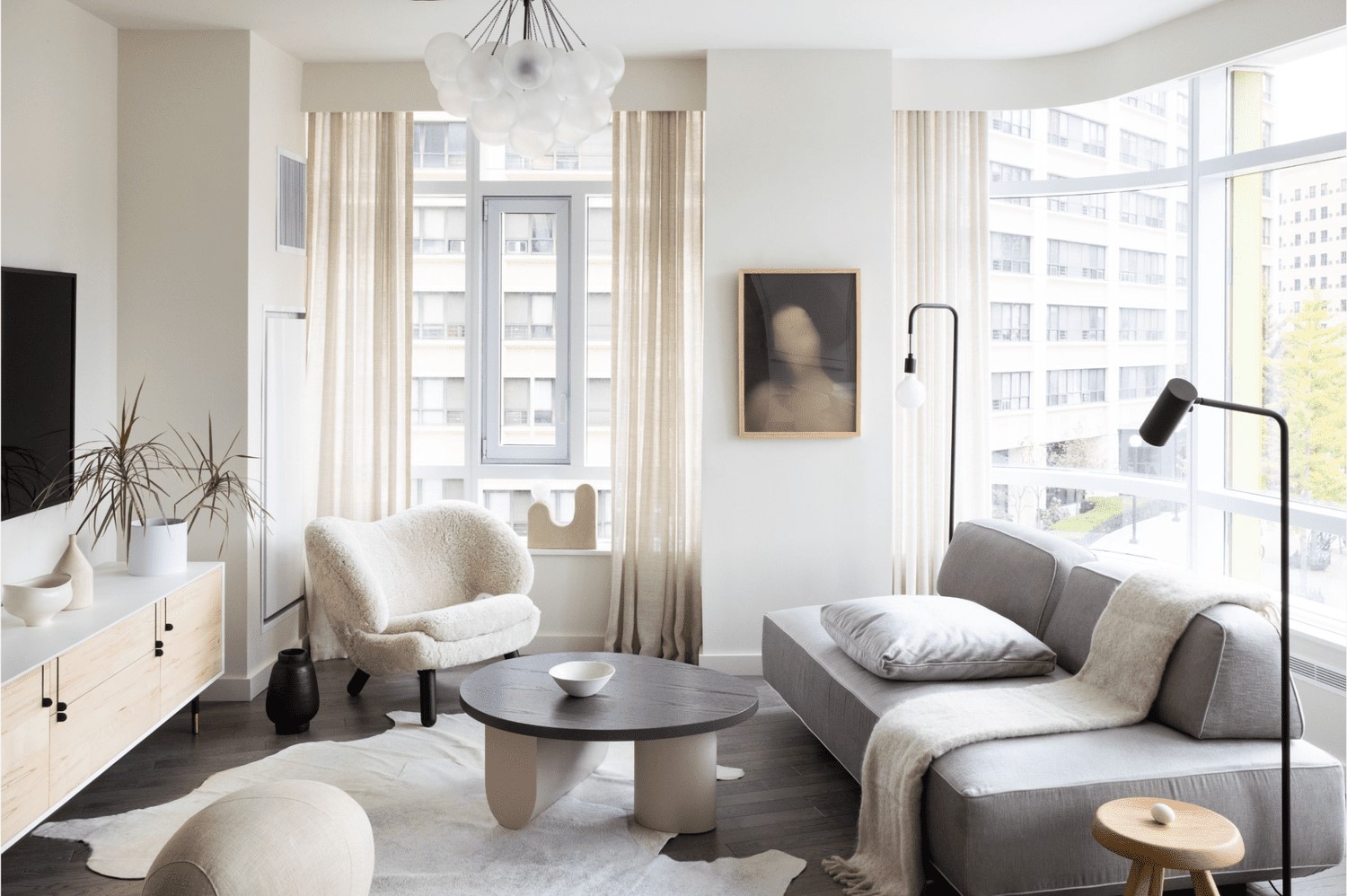
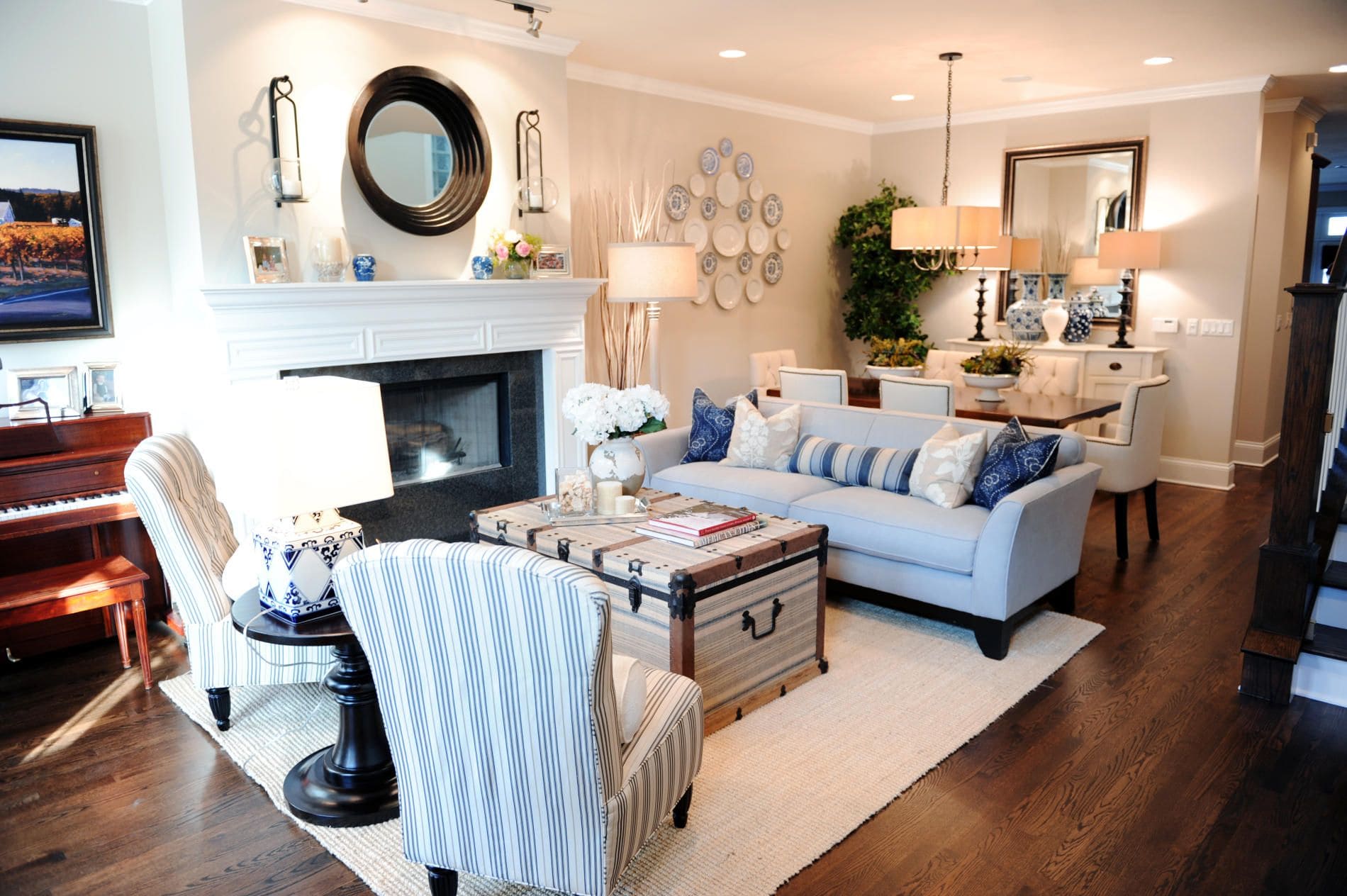
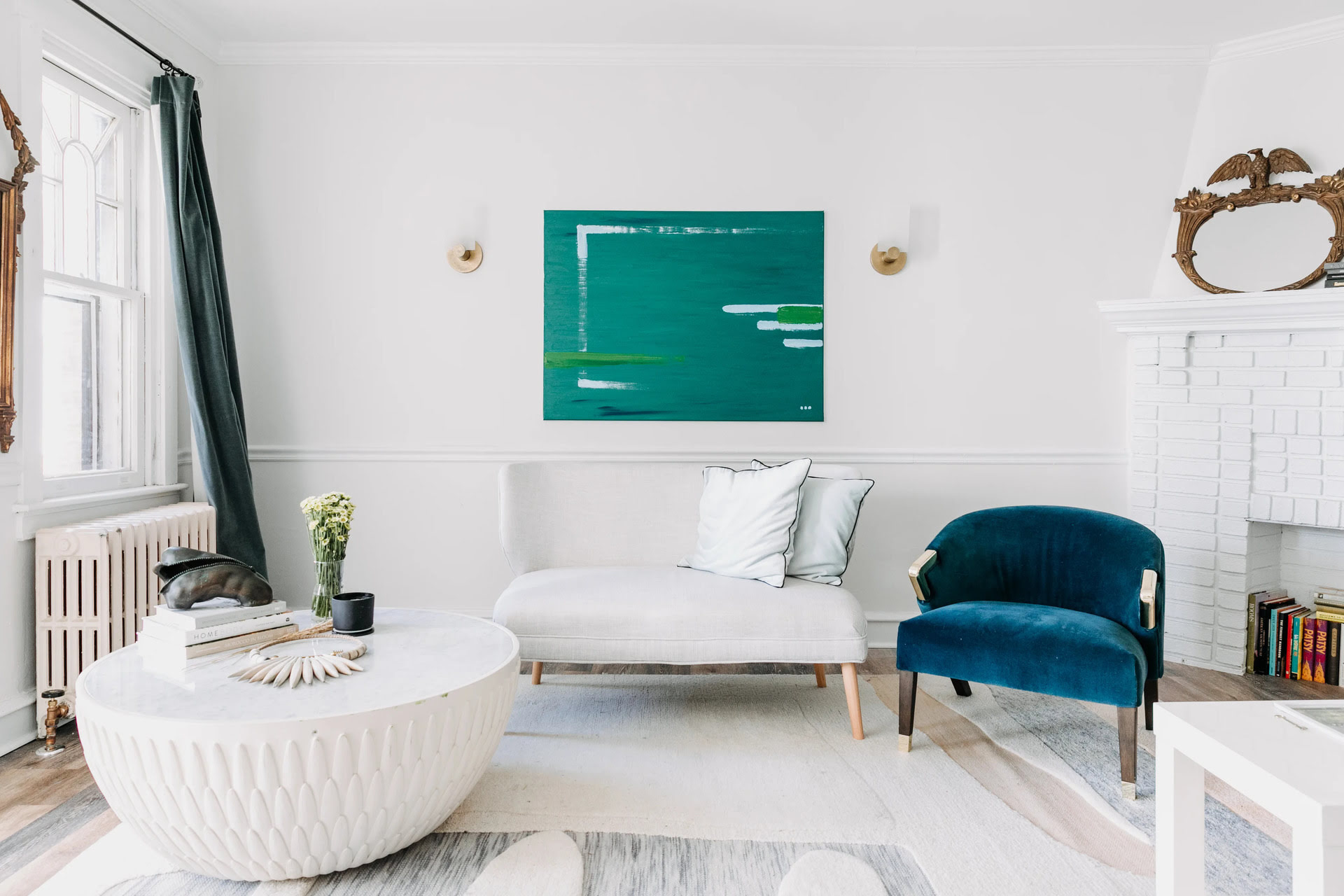
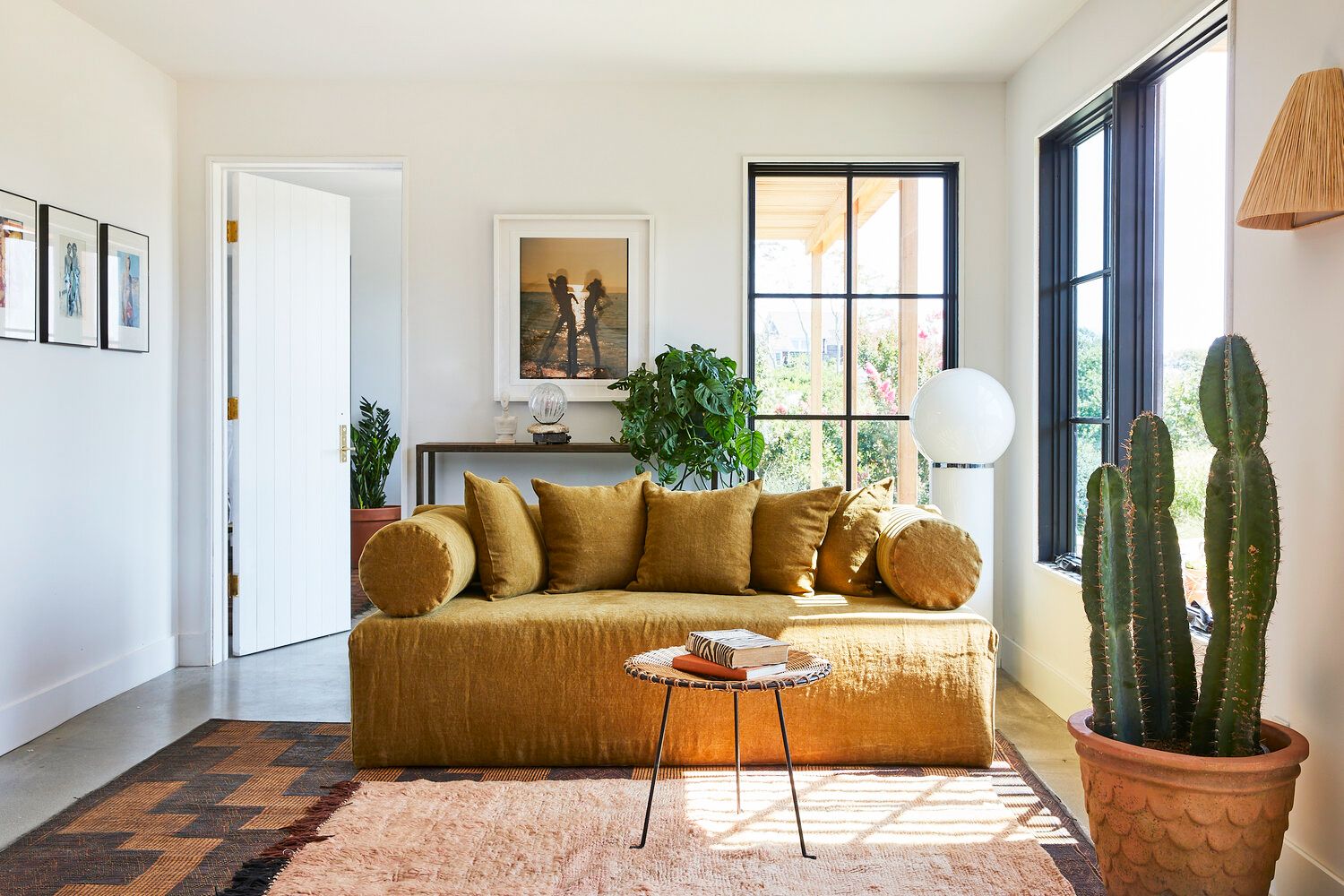
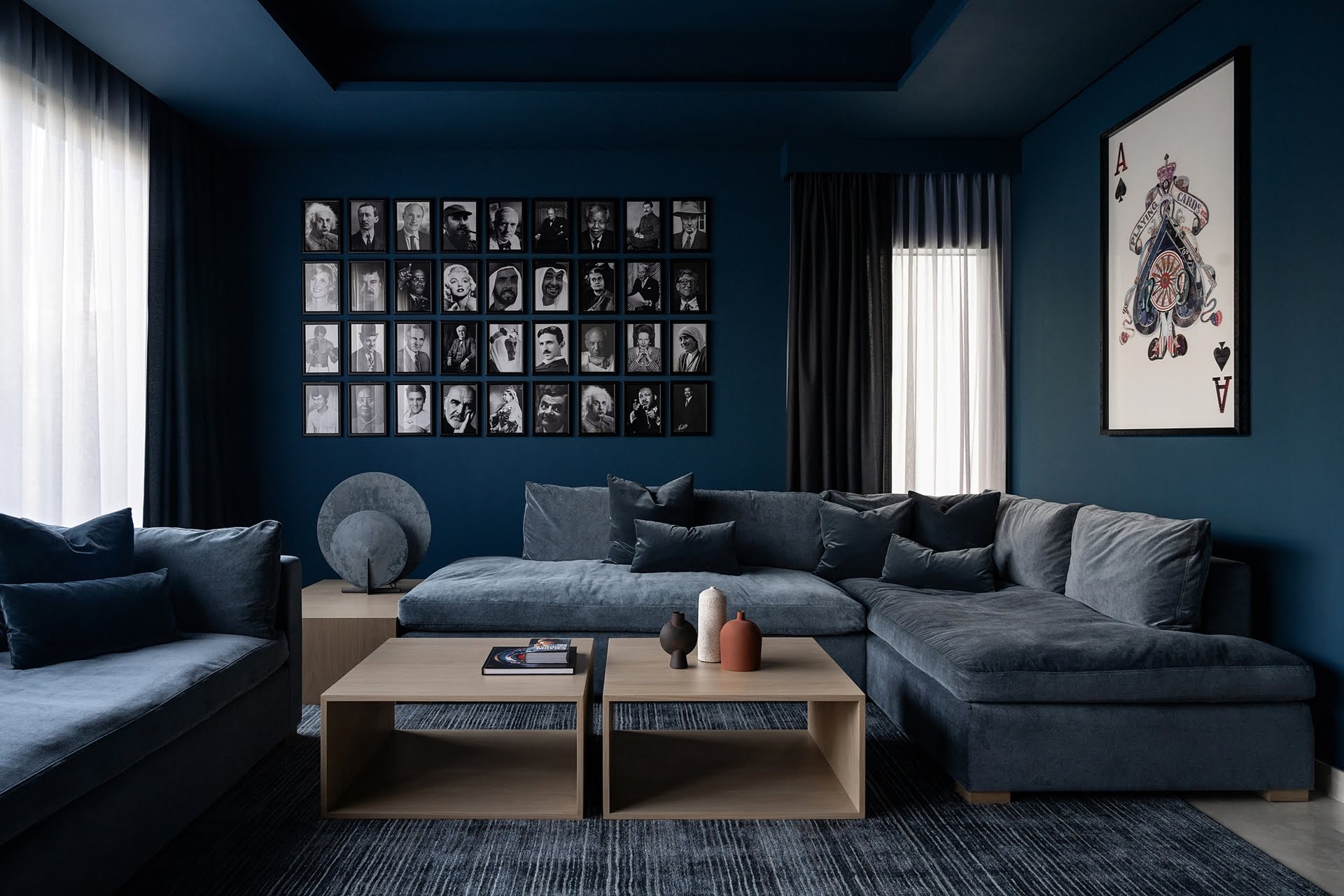
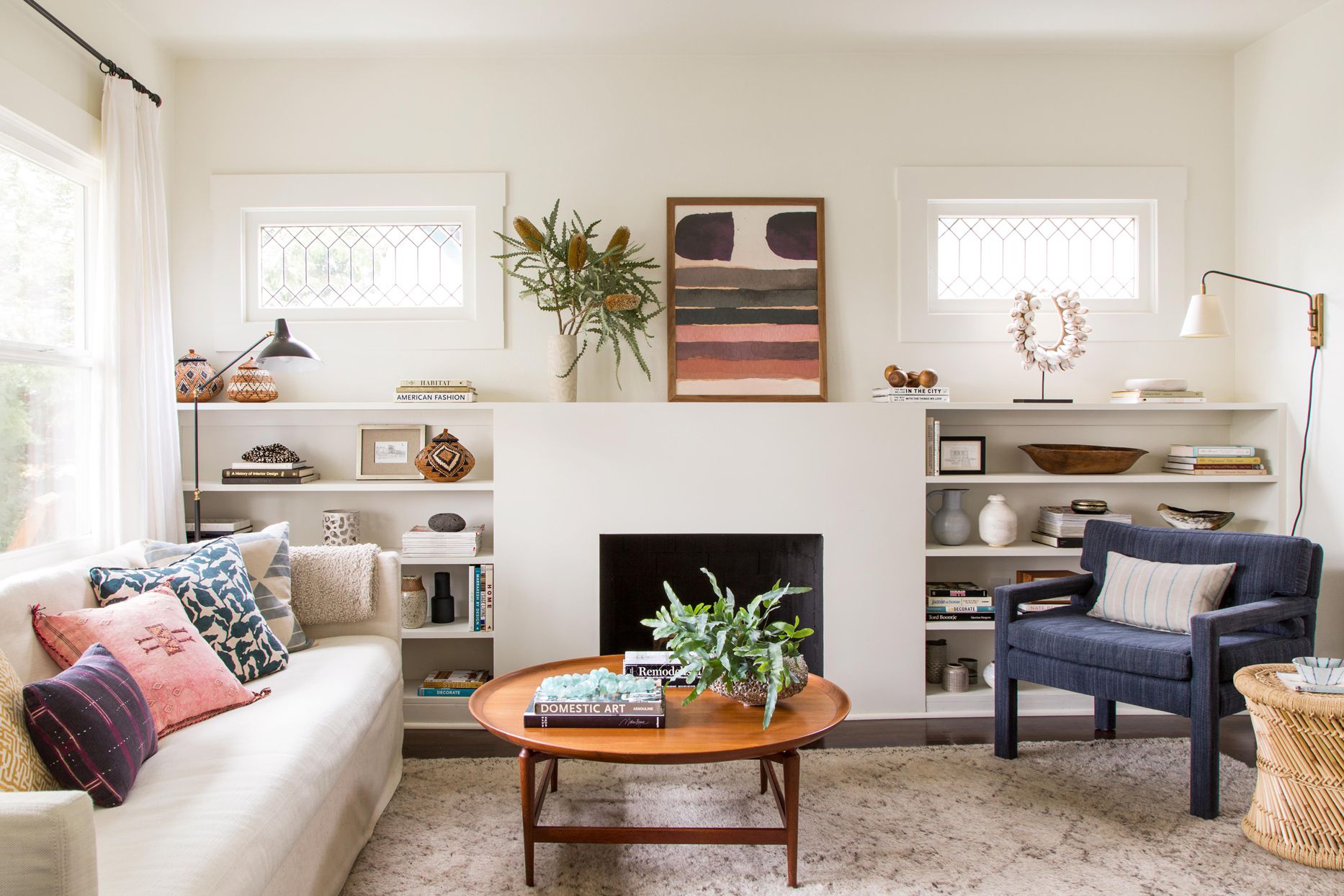
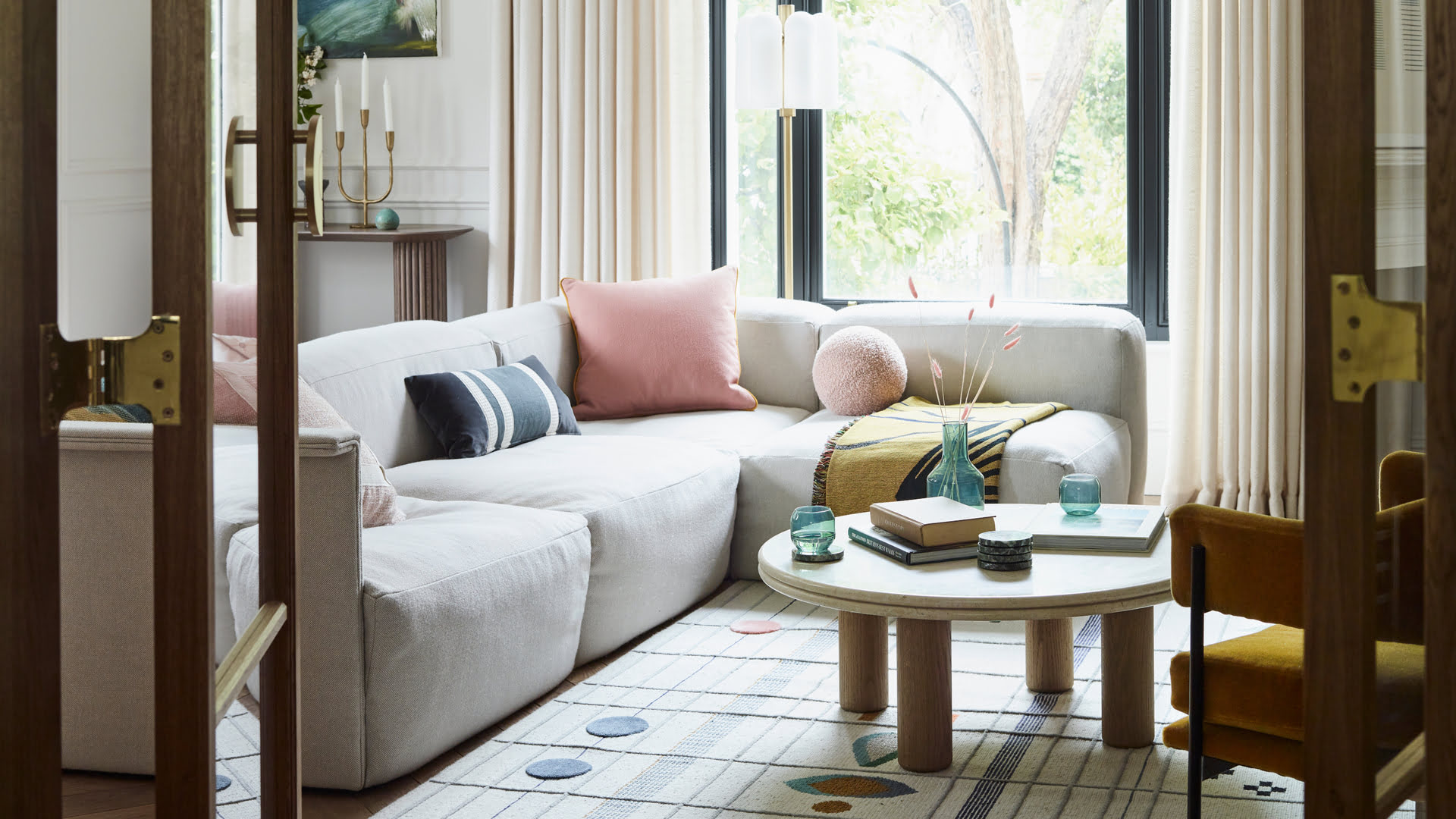
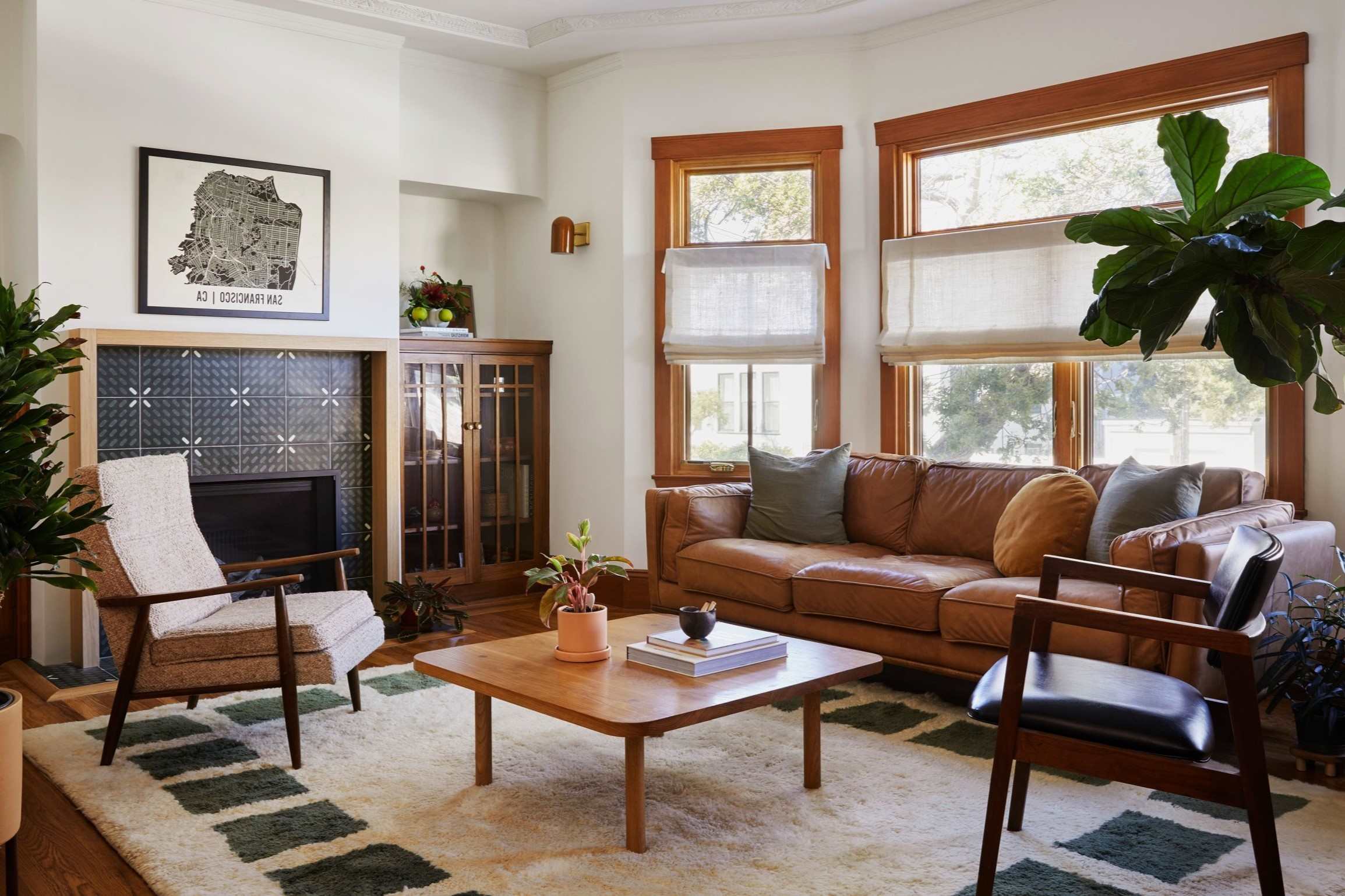

0 thoughts on “Small Living Room Layout Rules: 8 Things To Consider”